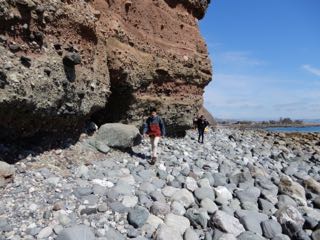
-
| 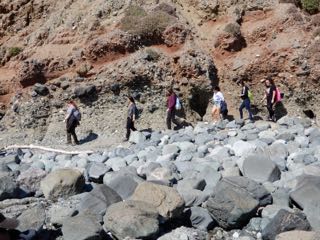
-
| 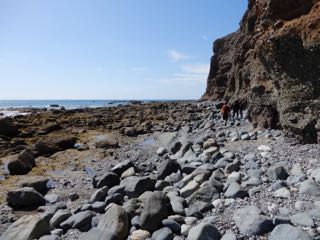
-
|
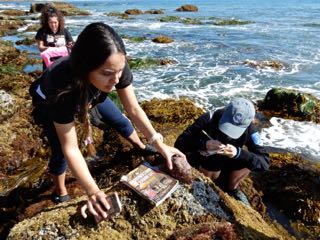
-
| 
Lepidozona pectinulata>
| 
Lottia cf. sp. A Eernisse MS in prep.
|
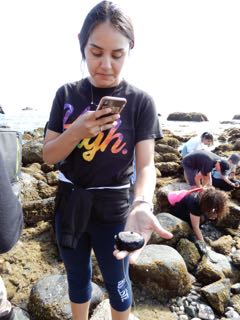
-
| 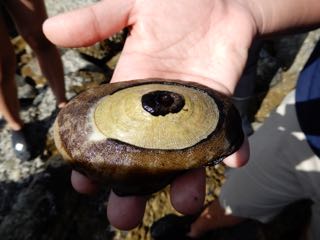
Megathura crenulata (giant keyhole limpet)
| 
-
|

A peregrine falcon nest had lots of activity.
| 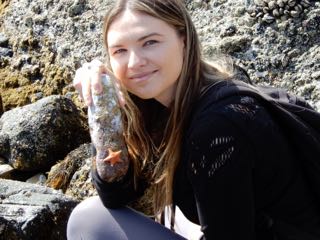
Patiria miniata (bat star)
| 
Tiny ectoparasitic snails known as pyramidellids can often be
found associated with the wavy top snail (Megastraea undosa). These were tentatively identified by pyramidellid expert, Pat LaFollette, as a
species of the genus Chrysallida.
|
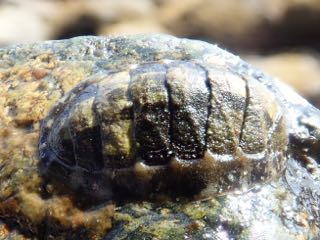
Cyanoplax hartwegii (Hartweg's chiton)
| 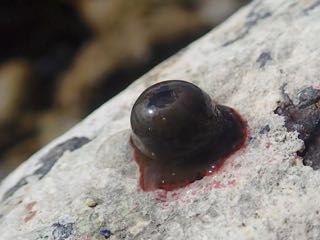
-
| 
tiny abalone juvenile (probably Haliotis fulgens
|

-
| 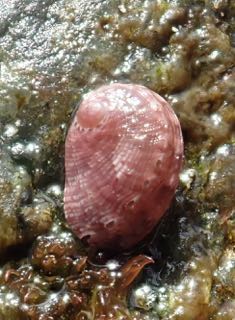
-
| 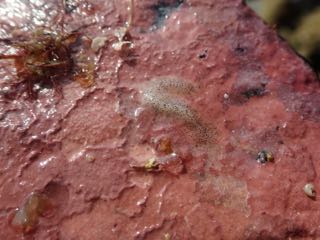
-
|
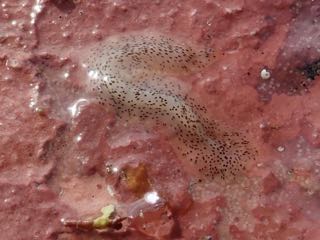
Enchiridium punctatum>
| 
-
| 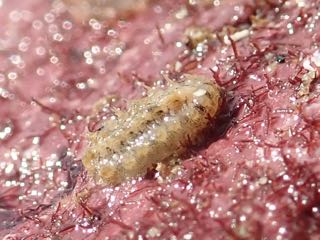
tiny juvenile Acanthochitona avicula, a bit fouled
|

Stenoplax cf. conspicua
| 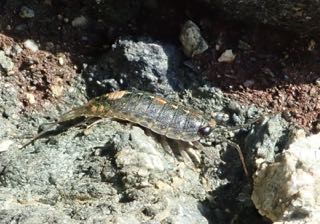
Ligia sp. (isopods known as rock louse)
in the spash zone
| 
-
|
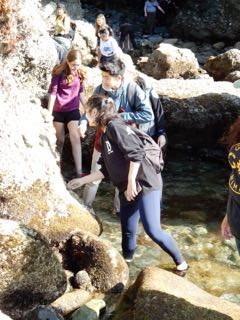
-
| 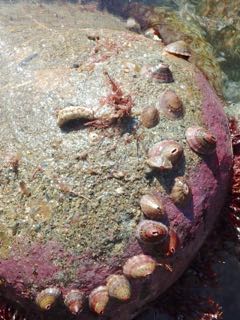
Fissurella volcano (volcano keyhole limpet)
| 
-
|
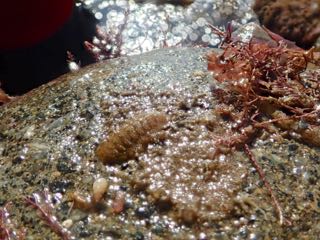
-
| 
Lepidozona pectinulata with pyramidellid
| 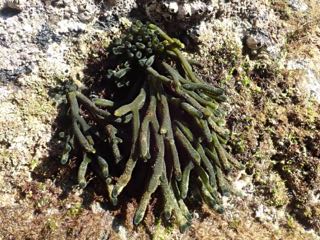
Codium sp. (dead man's fingers)
|
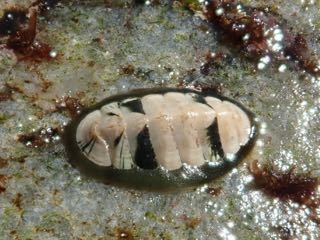
Cyanoplax keepiana (Keep's chiton)
| 
Mexacanthina lugubris is a predatory whelk that is
more common to the south, but has been spreading its range northward in recent years in southern California as far north as at least Orange Co.
| 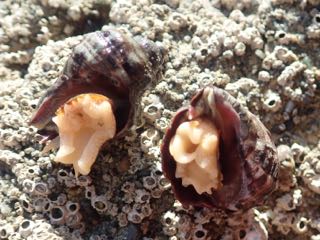
-
|
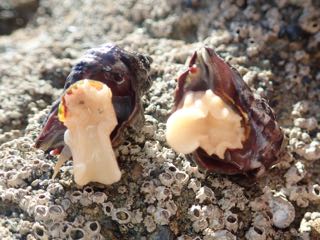
-
| 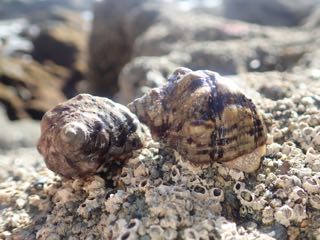
-
| 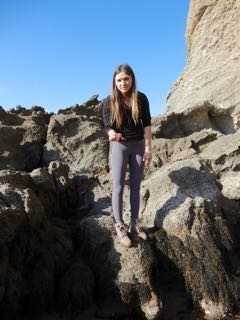
-
|

-
| 
-
| 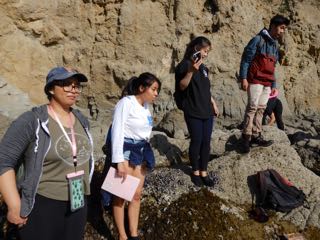
-
|
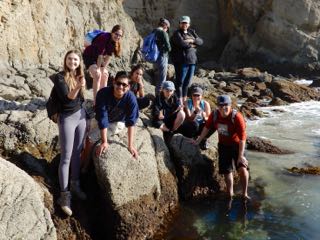
-
| 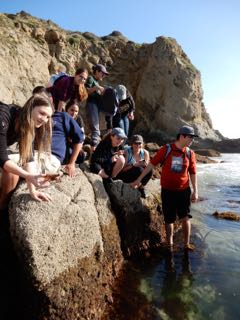
-
| 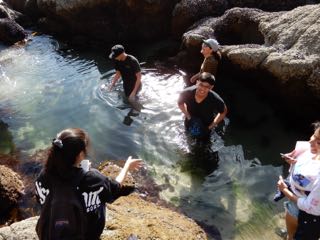
-
|
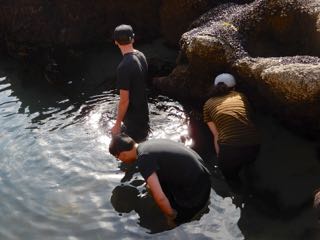
-
| 
-
| 
-
|

-
| 
-
| 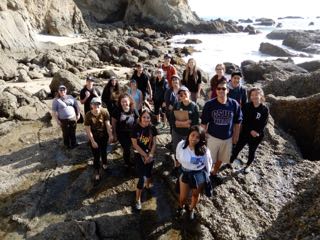
-
|
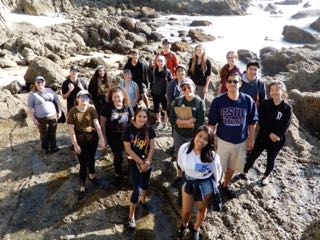
-
| 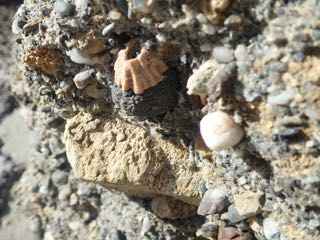
This seemed to be a quite large fossil barnacle.
| 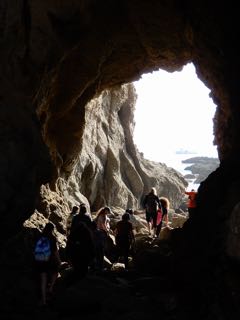
-
|
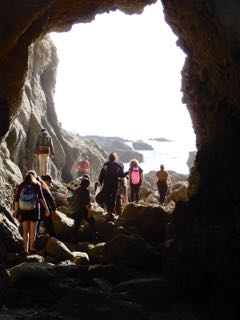
-
| 
-
| 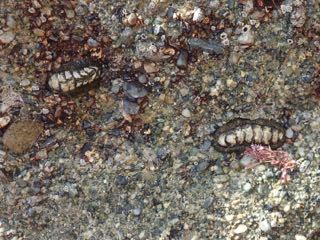
Nuttallina fluxa (southern spiny chiton)
|
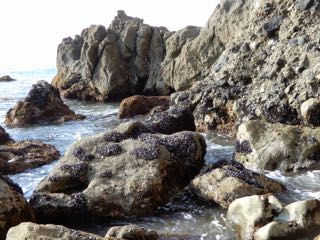
-
| 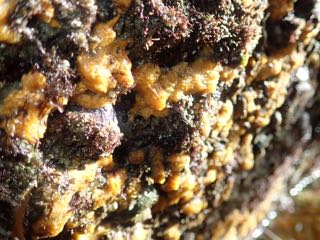
unidentified yellow sponge
| 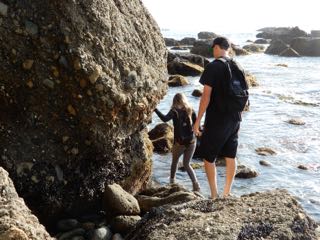
-
|

-
| 
-
| 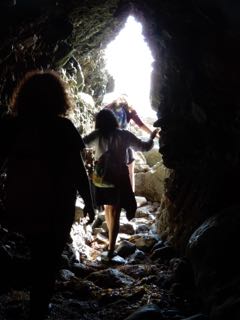
-
|

Roperia poulsoni (Poulson's rock snail) seemed to be the most common
neogastropod that we saw on this visit, including for shells now occupied by hermit crabs, like this one.
| 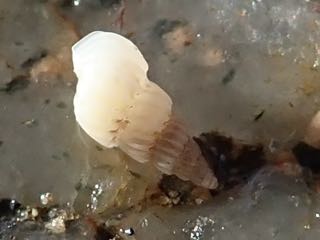
A juvenile Epitonium tinctum, an ectoparasite on anemones.
| 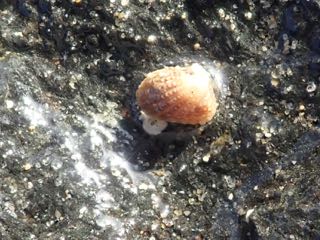
Glans carpenteri (Carditidae), identification thanks to Pat LaFollette
|

-
| 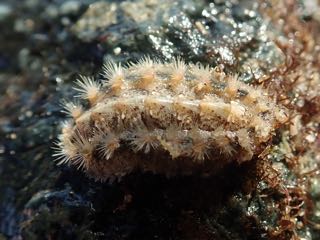
Acanthochitona avicula is our only California member of a family, Acanthochitonidae,
which is diverse in other parts of the world but in California is limited to this species, and only normally from about Orange Co. and to the south,
and throughout the Gulf of California. Members of this family generally have prominent tufts of spicules at the sutures between adjacent valves, and
a conservative pattern of tufts in the terminal (anterior and posterior) regions. There are (probably much) more than
100 species in Acanthochitonidae, out of about 1000 living chiton species worldwide. When they roll up in a ball,
their spines must present a rather unappetizing bite for some would-be predator.
| 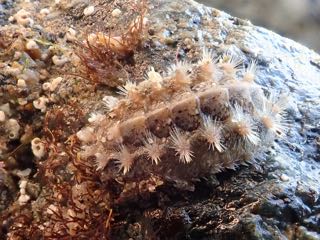
-
|
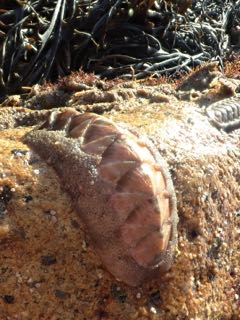
Stenoplax conspicua (conspicuous chiton)
| 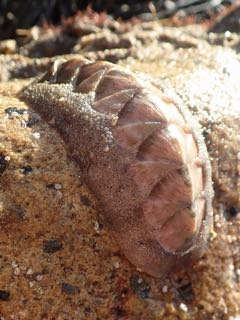
-
| 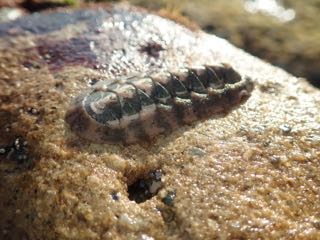
Stenoplax conspicua
|
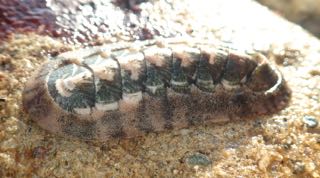
Stenoplax conspicua
| 
An isopod of the genus, Idotea, tentatively Idotea urotoma
| 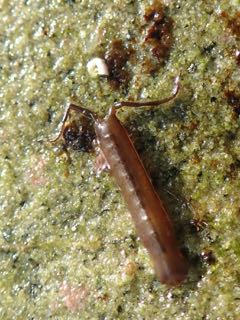
-
|

-
| 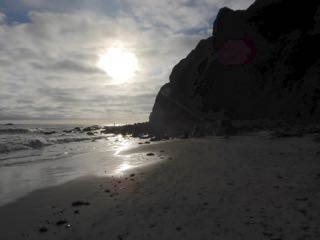
-
| 
-
|
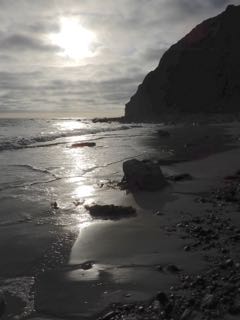
-
| 
-
| 
-
|

-
| 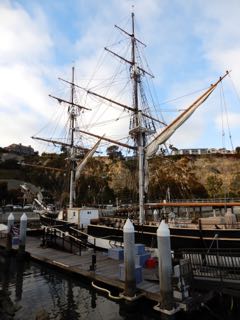
-
|
 Under Construction!
Under Construction! Under Construction!
Under Construction!